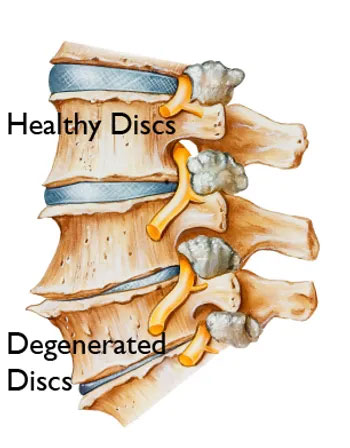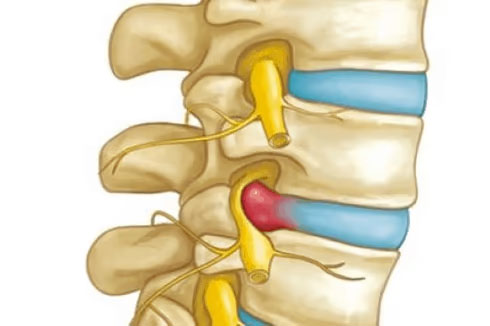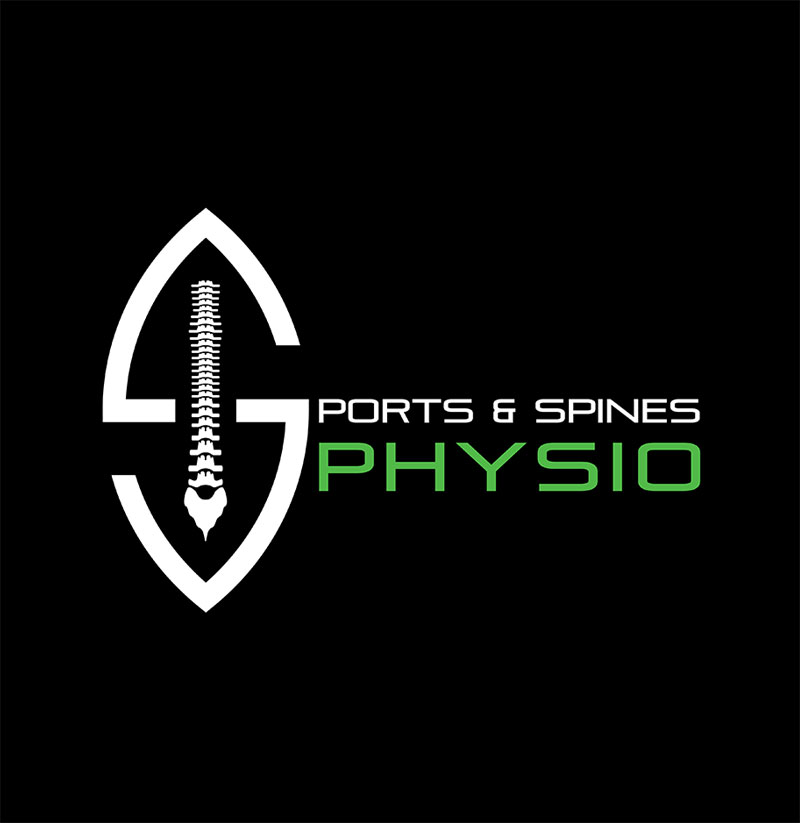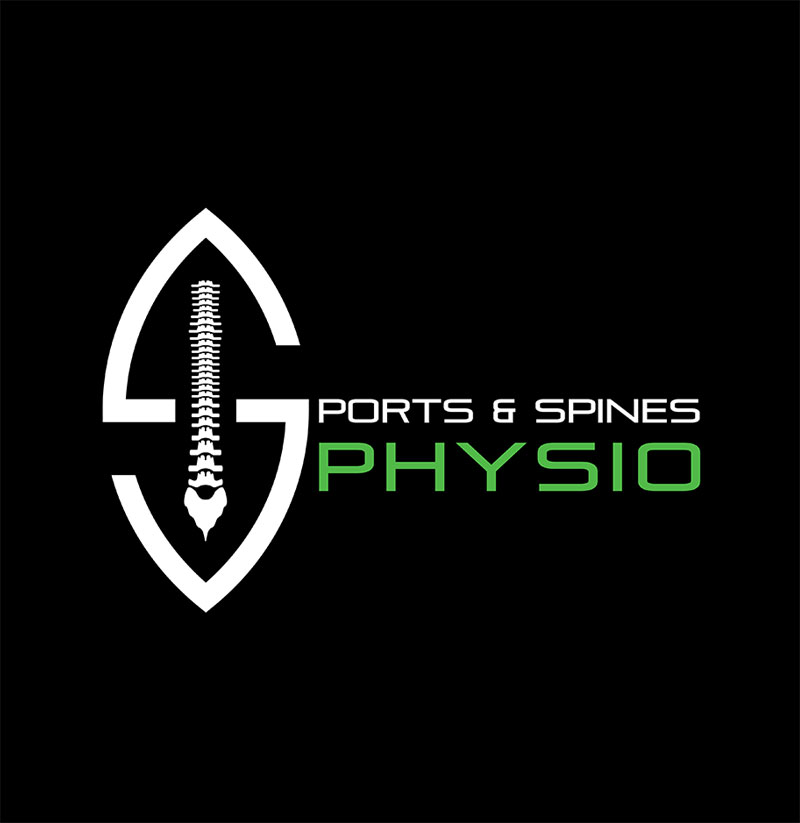
Lumbar Discs: Anatomy, Function, and Common Disorders
Lumbar discs are essential components of the spine, playing a crucial role in supporting body weight, providing flexibility, and absorbing shock during movement. Understanding the anatomy, function, and common disorders associated with lumbar discs is important for maintaining spinal health and addressing related issues effectively. This article aims to provide an overview of lumbar discs based on evidence from medical research.
Anatomy of lumbar disc
Lumbar discs are fibrocartilaginous structures situated between the vertebrae of the lower spine, specifically between L1 and the sacrum. Each disc comprises two main components: the annulus fibrosus and the nucleus pulposus. The annulus fibrosus is a tough, fibrous outer layer composed of concentric rings of collagen fibers, providing structural integrity and containing the nucleus pulposus. The nucleus pulposus, located at the centre of the disc, consists of a gel-like substance primarily composed of water and proteoglycans, imparting compressibility and shock-absorbing properties to the disc.
Function of lumbar discs
The lumbar discs serve several crucial functions in maintaining spinal health and facilitating movement:
1. Load Bearing: Lumbar discs bear the majority of the body's weight and transmit it from one vertebra to the next, distributing forces evenly throughout the spine.
2. Flexibility: The composition of the discs allows for controlled movement of the spine in various directions, including flexion, extension, lateral bending, and rotation.
3. Shock Absorption: During activities such as walking, running, or jumping, lumbar discs absorb shock and minimize impact forces, protecting the vertebrae and surrounding structures from damage.
4. Maintenance of Spinal Curvature: Lumbar discs, along with other spinal structures, contribute to the maintenance of the natural curvature of the spine, ensuring proper alignment and posture.
Common disorders of lumbar discs
Despite their resilience, lumbar discs are susceptible to degenerative changes and various disorders, leading to pain and functional impairment. Some of the common disorders affecting lumbar discs include:
1. Degenerative Disc Disease: With age, lumbar discs may undergo degenerative changes, including loss of hydration, decreased proteoglycan content, and structural alterations in the annulus fibrosus, leading to reduced disc height, stiffness, and increased susceptibility to injury.

2. Herniated (Prolapsed) Disc: Also known as a slipped or ruptured disc, a herniated disc occurs when the inner core (nucleus pulposus) protrudes through a tear or weakness in the outer layer (annulus fibrosus), causing compression of nearby spinal nerves and resulting in symptoms such as back pain, sciatica, and numbness or weakness in the legs.

3. Lumbar Disc Bulge: Unlike a herniated disc where the nucleus pulposus protrudes beyond the annulus fibrosus, a disc bulge occurs when the disc extends beyond its normal boundaries without rupturing. This can also lead to compression of spinal nerves and associated symptoms. (In the past this was called a slipped disc – incorrectly. Intervertebral discs do not slip).
4. Degenerative Disc Herniation: As discs degenerate over time, they may become more prone to herniation, further exacerbating symptoms and compromising spinal stability.
5. Spinal Stenosis: Narrowing of the spinal canal due to degenerative changes, including thickening of ligaments, bone spurs, and herniated discs, can lead to compression of the spinal cord and nerves, resulting in pain, weakness, and difficulty walking.
Imaging for lumbar discs
An MRI can be better at detecting abnormalities of the spinal cord, bulging discs, small disc herniation's, pinched nerves and other soft tissue problems.
Treatment options for lumbar disc disorders
Treatment for lumbar disc disorders depends on the specific condition and its severity. Conservative measures such as initial rest from aggravating activities, physiotherapy, and medication such as NSAIDs (non-steroidal anti-inflammatories) and muscle relaxants. In more severe cases or when conservative treatments fail to provide relief, surgical interventions such as discectomy (removal of the herniated portion of the disc) or spinal fusion may be considered.
Preventing lumbar disc issues
While some factors contributing to lumbar disc disorders, such as age and genetics, cannot be controlled, there are steps individuals can take to reduce their risk. Maintaining a healthy weight, practicing good posture, exercising regularly to strengthen the muscles supporting the spine, and avoiding smoking can all help preserve spinal health and reduce the likelihood of developing lumbar disc problems.
Read our other blog on Evidence-Based Physiotherapy Treatment Approaches for Lumbar Disc Injuries

